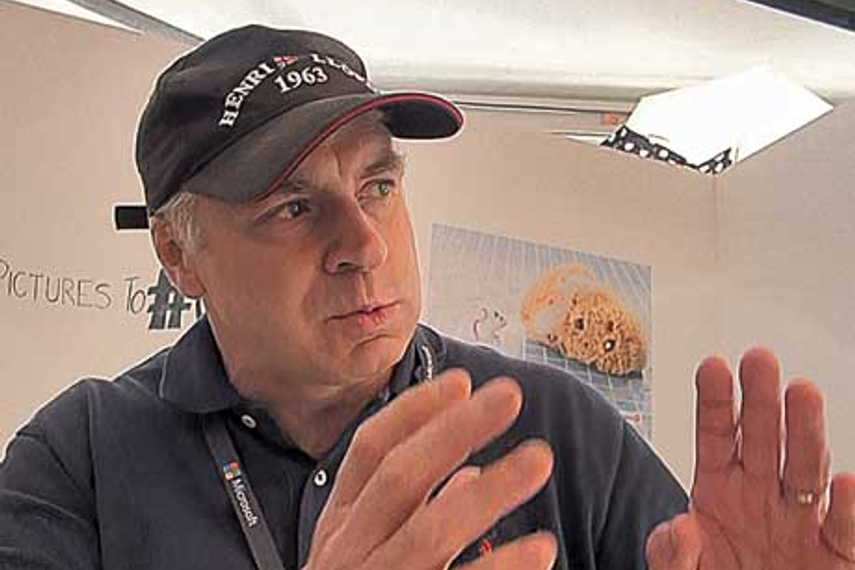
Tell us about The Brand Union’s focus areas. The last two forays have been into Qatar and Thailand, and a JV is on in Brazil…
The emerging markets have already emerged. They’re the fast growing markets for The Brand Union just like they are for many of our competitors. It’s also interesting to see how evolved and developed the big ad agencies and communication companies are in the BRIC markets, and now in the next 11 and so on. Much like those agencies, the big branding businesses are going to look at those.
We are number one or number two in China. We are extremely strong in India through Sujata coming on board. The Brand Union I Ray + Keshawan venture is a strong brand there. We are the only international branding agency to be in Indonesia, what we call the other of the ‘BRIICS’, so the double ‘I’. We are also in Moscow, where we have a small team, but work in connection with our London or Paris offices, or actually even Dubai.
We are not in Brazil today; we have a JV with Ogilvy and we have an affiliate partner. We would love to be in Brazil with a fully owned business and we are looking at that right now. That, and Russia, are the key markets, from a geographic point of view.
We are by far the number one agency in Dubai. We also have on the ground presence in Qatar and Saudi Arabia. That’s the overview of the network: 22 offices with around 550 people.
You entered the Indian market through Ray + Keshavan. How much of your clients there are network clients?
Of our business in India, very little. I think that’s the big difference you are going to see in the next two to three years. Our global clients are Reckitt Benckiser, GSK, Heineken, Henkel and so on. All of these clients are getting bigger in India – some with JVs, but if you look at the size of the businesses like Reckitt, we should be right there with them. We do many of their drive brands globally – among 17 of them, we’re handling 11. Those brands are being constantly represented in the market, but we are looking for local brands in India too.
The brands you mentioned are being handled by TBU in India too?
No. We are just starting to work with GSK in India, where we do the Horlicks brand and we are probably going to connect with some other healthcare brands. The Indian market is a big opportunity.
Our team in Bangalore is of about 140 people, who are about to move to new offices. We also have a small team in Mumbai, of two people. We hope to fill that capability to be in the city.
With so many agency partners around, how has the role of brand consultancy changed? How does a client view the pipeline of communication services now? How has the branding business evolved?
Having come in from the advertising business, I thought getting into design and branding would be very, very similar but actually, every day I learn about how it’s more different. There are similarities but we are divided by a language set.
In advertising, the kind of critical thing that I found when I left JWT, is that the absolute problem solving is done by the planner. He’s the person becoming increasingly important in an advertising agency as a problem solver both in detecting and understanding clients’ issues and also developing the insight and giving a head start to the creative team.
Also, I saw in the 25 or 26 years I spent in advertising, that advertising has become more of a transaction. We are seeing great ideas coming in, but they are increasingly transactional. Even if you look at the Palais here (in Cannes), each year you look at many of the next big ideas coming up from the big clients, and they are amazingly transactional, amazingly disposable. It’s amazing how many brands are shifting their positions all the time. You see that reflecting more and more in brand reputation studies and so on.
With branding and design, you’ve got almost two businesses grouped into one. You’ve got an advisory skill and ability that comes from branding agencies, which is all around the topic of strategy. And by the way, it’s very, very different in the corporate world to the consumer world. For example, you’ve got the big corporates and conglomerates, whether it is the Bharti Group or the Tata Group - they’ve got massively big conglomerate strategies going on and big architectural issues and challenges. What do they want to play back into the mother ship? What do they want separated? How do they get into different lines of verticals and businesses? The first is the horizontal play that the mother brand can have there. Then if you drill down into the different verticals, you get into issues like product branding and so on.
The strategy work we do at the top is quite different to the planning work we do at the different lines of business and product branding.
When I started in 2006/’07, I started with a business that couldn’t see itself 90 days out. The last five years have been a great story for us. We are building a more mature network, working more across MNCs. Now I’ve got a fairly large idea about some of our large clients and opportunities. We’re now working on a two to three-year visioning strategy on some of those big businesses. The trick for us now is to deepen those relationships and show a stronger return on the work we are doing – to show that the investment in the brand is paying off. The second part is to have built a consumer business. In the past, we were really known for our corporate heft and thinking there. We’re building a stronger consumer business.
The other thing we’re building is our digital knowledge suite. We’re employing that in more and more brand conversations, built around the philosophy and belief that experience of the brand is the brand, and there’s going to be a touch point of the brand in everyone’s life every day.
Can you give a split as to how much of your business was from the UK when you started out, and now?
When I started it was about 40 per cent from the UK. Today it’s more like 25 per cent. The UK has actually sustained, and not declined, and we’ve brought in different businesses.
We brought in the digital business, built a high-end consulting offer (which was merged into the whole business). Where we have grown significantly is China (which is three times the size it was when I joined) and India - which is not as big as it should be. I think it’s a lot to do with geography. We will definitely look to upgrade our presence in Mumbai. We’ve just started there.
You came into India with Ray + Keshwan. You mentioned Russia and Brazil as key areas. Will you look at acquisitions there too?
Yes, yes we will look at acquisitions in Russia and Brazil. Right now, we have one opportunity on the West Coast as well - we would like to build a digital branding skill into our US operation.
In India the focus has been more on the design end?
Yes. There I think it would be in two key areas. We work with a lot of financial services companies, insurance businesses. It’s about visualisation of data; we can show very boring data like a tariff in a graphic online.
We also work a lot in areas like airports. There’s opportunity to do second screen branding, when you’re getting a message routing through to the flight but also receiving messages in relation to duty free, entertainment etc. So I see opportunities in experiential areas to do lots of digital. Interestingly, I don’t think the market has been so open to that. Particularly, in Mumbai, if you look at the digital assets that are available, they are fantastic.
From a client engagement perspective, are any of these markets more evolved than India?
It is. How do I answer this in the right way?!
First of all, Indian people love to debate. It’s no accident that India is the largest free democracy in the world. There is huge discussion and debate around branding topics and everyone has a view. It doesn’t matter if you are someone in a small market or you’re in a large conglomerate. Branding debate is there, but I don’t think it has the sophistication of a programmed environment.
Which of the BRIC market would be further ahead? It’s difficult to say because everyone has a different skill set. In Brazil, the colour waves and semiotics and the energy we see put into branding is magnificent, but it’s much more at the design end and probably less around the big corporate brand architectural challenges.
China is absolutely, massively working through a completely different way of how to approach branding. I think they are doing more and more work with stakeholders. They are doing more engagement programs. They are an awful lot more layered, whereas I find in India that a lot more decisions are taken by the clients higher up and very quickly pushed down, so there’s not so much sophistication working through organisations.
So much of their design is still done by ad agencies, and that model is going to get broken at some stage. I don’t know when, but those huge imperial agencies have such power in the market and such strong relationships with their clients – it’s almost a relationship-driven market and that’s going to change over the course of time. I don’t know when - but when the market becomes more sophisticated, there is a greater desire to go to the experts.
And some of those experts are sitting in departments of agencies?
Yes, exactly. And there is some great work being done too. But, there is also some crap. And we know it. Honestly, I look at some of the consumer branding that is done for some of the big MNCs (and I won’t mention them here because I don’t want to be overly controversial), but I’m sure you’ll guess who they are.
They do such poor work because they are asking the ad agencies to kind of throw it in, as an extra. I’m not sure it’s being properly debated. Skills aren’t being developed enough in brand management.
I want the largest consumer society possibly in the world to open up; I want to see that market open up more in terms of the desire to integrate great design at a consumer branding level definitely and see better quality of product be it on shelf, activations or all of that. There’s an incredible growth in retail in India, but I want to see the sophistication increase.
I’m sure Sujata and the team are doing a great job, but are there others who’ve tried to bring in from other markets? Especially when you have clients from other markets who understand the brand so much better, and speak the same language and tone?
We’ve tried bringing in a couple of expats and it’s not been so successful as of today. I think we would have a go again. You’ll have people that you trust or think have done a great job in other places, but you have to give them a real chance to assimilate the culture, particularly in places like India and China. They are very, very complex markets and have very complicated cultures and nuances, whether it’s language, creed, colour or religion.
What would you say about the organisational culture across TBU offices? Which are your best?
One of our best offices has to be our Paris office. Every day is a battle when I visit the office. They handle clients like Havana Club and Heineken. When they get a traditional packaging brief, they never go back with just a packaging solution – they carry an activation idea, a social idea and some event management ideas.
If all our offices were like the Paris office, it would be a carnival, with the team always doing something extra, beyond the brief. That takes a culture. There are great agencies which work differently, going from point A to point B, looking at incremental increases. That’s another culture.
And talking of going beyond the brief… In New York, we are doing advertising for B2B clients. We did work for a medical institution. After creating the identity including logo and website, they asked us if we could do some ads. Increasingly, clients are talking to us that way. For Bank of America, we are doing ads even for print and TV.
Are we going to become an O&M? No. But we can get into areas where we understand the TG. So we’ve worked with banks, stock exchanges, and others. We’ve got to be careful that we don’t become what an ad agency can be in the B2B space.



.jpg&h=334&w=500&q=100&v=20250320&c=1)
.jpg&h=334&w=500&q=100&v=20250320&c=1)


.jpg&h=334&w=500&q=100&v=20250320&c=1)

.jpg&h=334&w=500&q=100&v=20250320&c=1)

.jpg&h=334&w=500&q=100&v=20250320&c=1)
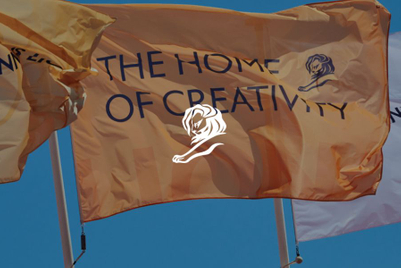
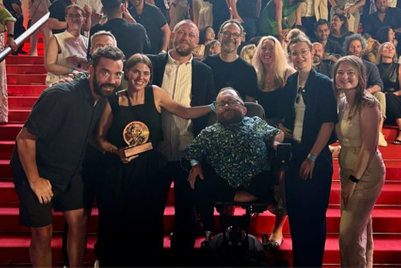
.png&h=268&w=401&q=100&v=20250320&c=1)
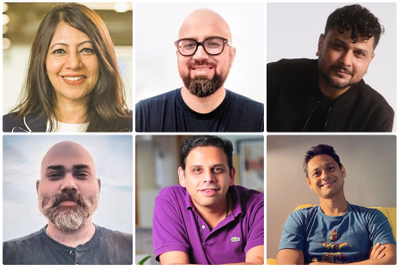
.jpg&h=268&w=401&q=100&v=20250320&c=1)
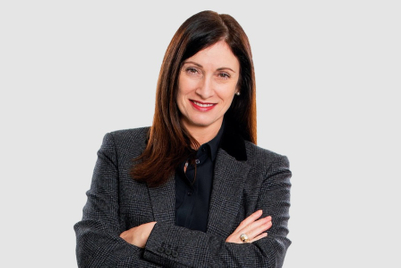
.jpg&h=268&w=401&q=100&v=20250320&c=1)
.jpg&h=268&w=401&q=100&v=20250320&c=1)
